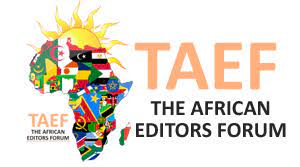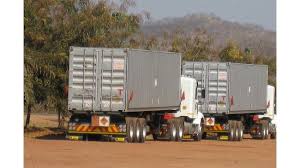
Hake industry worried over erratic catches
 As hake catches have been erratic over the past three months, industry players are concerned over the impact an increase in the total allowable catch (TAC) will have on the resource, according to Matti Amukwa, chairperson of the Hake Association of Namibia.
As hake catches have been erratic over the past three months, industry players are concerned over the impact an increase in the total allowable catch (TAC) will have on the resource, according to Matti Amukwa, chairperson of the Hake Association of Namibia.
Amukwa says the new quota year which runs from 1 May 2012 to 30 April 2013 is full of uncertainty due to various factors including the sustainability of the sharp increase in the TAC last year which has in turn, increased the pressure on the resource; increasing fuel prices due to international instability, particularly in the Middle East; as well as the worsening of the economic and financial crisis in the Mediterranean countries which always paid the highest prices for Namibia’s fish products.
“It has been a reasonably good year [for the hake industry thus far] due to the availability of more quota to keep the industry operational for the full year. On the down side, the prices requested by the new right holders were abusive in many cases but the industry had no options other than to pay or to stop. Additionally, catches have been very erratic over the last three months which generates doubts over the effect of the increased pressure on stocks.
“The development of new markets in northern Europe and Australia is also relevant. These markets have assisted in absorbing some of our production, however, we need MSC certification if our industry is to take full advantage of those markets as they are very sensitive to the issue of Responsible and Sustainable Fisheries,” said Amukwa.
The hake industry is currently exploring new markets including northern Europe, USA and the Middle East. According to Amukwa, Asian markets such as China, only want raw products and are not yet prepared to buy value added fish such as hake.
The hake industry is the main employer within the fisheries sector in Namibia, with 9 000 employees. In 2012, 12 new companies were formed by five new right holders increasing the players in the hake industry to 60 participants.
“We hope that the communication with the Ministry of Fisheries and Marine Resources continue to improve and, most important of all, that there is an increase in transparency and equality regarding the application of the policies and regulations affecting not only hake but the whole fishing industry. We will also appreciate it if the Ministry can announce the quota allocation to companies for the upcoming fishing seasons well in advance to enable the companies to plan properly.
“We also welcome the quarterly consultation meetings with the Hon. Minister, which is a good initiative enabling the two parties to deal with issues of mutual concern,” concluded Amukwa.
The Namibian Hake Association was formed in 1992 to engage the Ministry of Fisheries and Marine Resources and other institutions to expose, communicate and interact in the matters that affect the hake industry. Membership of the association is open to any hake concessionaire engaged in activities derived from hake fishing in Namibian waters, provided that the application is approved by a majority of members.










































